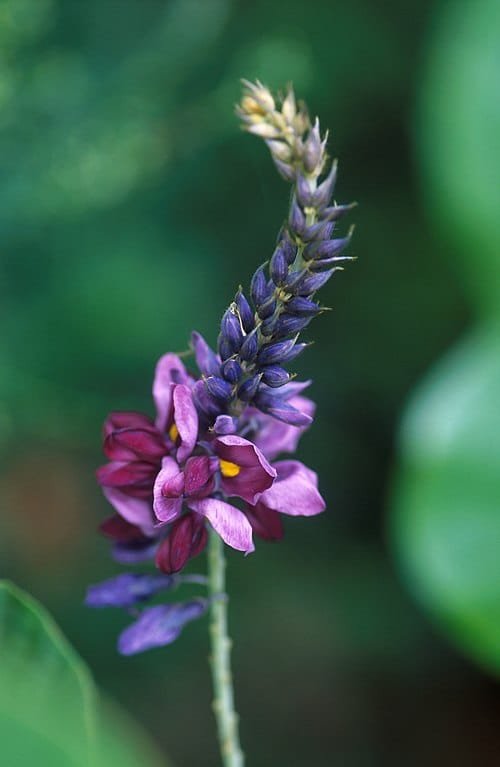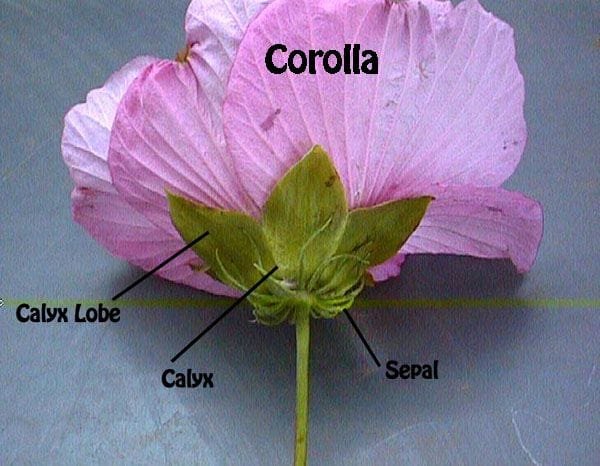Introduction
The Leguminosae or Fabaceae family, commonly referred to as the legume, pea, or bean family, is one of the largest families of flowering plants. This family includes economically and ecologically important species found throughout the world. The unique ability of these plants to fix atmospheric nitrogen makes them especially important in sustainable agriculture. They are recognized for their compound leaves, pod-like fruits, and often, root nodules containing nitrogen-fixing bacteria. The family is divided into three main subfamilies: Papilionoideae (Faboideae), Caesalpinioideae, and Mimosoideae.

Summary of Leguminosae or Fabaceae Family
- The Leguminosae (Fabaceae) family is a large plant family known for its nitrogen-fixing ability and high agricultural importance.
- It includes major food crops like beans, lentils, chickpeas, and peanuts that improve soil fertility and provide rich protein sources.
- These plants play a vital role in sustainable farming systems, biodiversity, and global food security.
Table of Contents
1. General Characteristics of Fabaceae
1.1 Habit
Members of the Fabaceae family are highly diverse in habit. They include herbs, shrubs, climbers, and trees. Most are perennial, although annual species also exist. Climbers often use tendrils, which are modified leaflets, for support. This diversity allows legumes to adapt to a wide range of environments.
1.2 Root
Legumes typically have a well-developed taproot system. One of their most distinctive features is the presence of root nodules formed in symbiosis with Rhizobium bacteria. These nodules help convert atmospheric nitrogen into a usable form for the plant, reducing the need for nitrogen fertilizers and improving soil fertility.
1.3 Stem
The stem in Fabaceae members may be erect, prostrate, or climbing. It is usually herbaceous in annuals and woody in trees and shrubs. The stems are generally cylindrical and branched, and many climbers have stems that twine around supports.
1.4 Leaf
Leaves are usually alternate, compound (either pinnate or bipinnate), and stipulate. Leaflets may be opposite or alternate on the rachis. In some species, the terminal leaflet may be modified into a tendril. Pulvini at the base of the leaf and leaflet often allow for movement.
2. Inflorescence
The inflorescence is generally a raceme, spike, or panicle, though solitary flowers may also occur. In many Papilionoideae species, the inflorescence is axillary and bears numerous flowers. The arrangement of flowers is often adapted for pollination by insects, especially bees.
3. Flower
Flowers in the Fabaceae family are bisexual, zygomorphic (bilaterally symmetrical), and complete. They typically exhibit a distinct papilionaceous corolla structure in the Papilionoideae subfamily, consisting of a standard, wings, and a keel. In Caesalpinioideae and Mimosoideae, the flower structures vary slightly but retain zygomorphy or actinomorphy.
4. Calyx
The calyx is composed of five sepals, which are usually fused (gamosepalous). They may be equal or unequal and are often green. The calyx provides protection to the floral bud and supports the corolla in bloom.
5. Corolla

The corolla typically comprises five petals in a papilionaceous arrangement in many legumes:
- Standard (Vexillum): The uppermost and usually the largest petal.
- Wings (Alae): Two lateral petals.
- Keel (Carina): Two lower petals, often fused, enclosing reproductive organs.
This structure aids in specialized pollination mechanisms.
6. Androecium
The stamens are usually 10 in number. Their arrangement may vary:
- Diadelphous: Nine stamens united and one free (9+1), common in Papilionoideae.
- Monadelphous: All ten stamens fused.
- Polyadelphous: Stamens grouped in more than two bundles.
These variations support diverse pollination strategies.
7. Gynoecium
The gynoecium is monocarpellary (formed from a single carpel), unilocular, and superior in position. It contains many ovules arranged along the marginal placentation. The ovary leads to a style that terminates in a stigma. The fruit develops into a legume or pod, which typically dehisces on both sides.
8. Fruit
The fruit is usually a legume (also called a pod), which splits along two sutures to release the seeds. Some legumes may have indehiscent fruits. The seeds are usually non-endospermic and contain two large cotyledons rich in proteins.
9. Seed
Seeds are typically dicotyledonous, kidney-shaped or oval, and vary in size depending on the species. They lack endosperm and have a well-developed embryo. The cotyledons are large and store proteins, which support seedling growth.
10. Pollination and Dispersal

Pollination is primarily entomophilous (insect-pollinated), especially by bees. The unique floral structure ensures effective pollen transfer. Some species may show self-pollination. Seed dispersal occurs via explosive dehiscence of pods, water, or animals.
11. Economic Importance
Fabaceae is one of the most important plant families globally due to its multiple economic uses:
11.1 Food Crops
Legumes are a rich source of plant-based protein and are consumed worldwide. Examples include:
- Pulses: Chickpea, pigeon pea, mung bean, lentil.
- Oilseeds: Soybean, groundnut (peanut).
11.2 Fodder
Many legumes are cultivated as fodder for livestock, such as clover (Trifolium), alfalfa (Medicago sativa), and Stylosanthes.
11.3 Timber and Fuel
Some members like Dalbergia (rosewood), Acacia, and Albizia provide timber and firewood.
11.4 Soil Enrichment
Legumes improve soil fertility by fixing atmospheric nitrogen through root nodules. This makes them essential in crop rotation and intercropping systems.
11.5 Industrial Uses
Legumes like indigo (Indigofera) are used for natural dye production. Gums and resins are obtained from species like Acacia.
11.6 Medicinal Plants
Many legumes have medicinal properties and are used in traditional and modern medicine. For instance, Senna is used as a laxative.
12. Examples of Fabaceae Family
- Pisum sativum (Pea)
- Cajanus cajan (Pigeon pea)
- Glycine max (Soybean)
- Arachis hypogaea (Groundnut)
- Phaseolus vulgaris (Common bean)
- Trifolium spp. (Clover)
- Cicer arietinum (Chickpea)
- Medicago sativa (Alfalfa)
13. Conclusion
The Leguminosae or Fabaceae family plays a vital role in food security, soil fertility, and sustainable agriculture. Its members contribute significantly to global nutrition as protein-rich crops, animal feed, and soil enhancers through nitrogen fixation. The unique floral structure, diverse growth forms, and ecological adaptability make it one of the most successful plant families on Earth. Understanding its taxonomy helps in better crop classification, conservation, and breeding practices. Continued research and utilization of legumes will further enhance their contribution to agriculture, ecosystems, and industry worldwide.
Frequently Asked Questions (FAQs)
What is the Fabaceae family known for?
The Fabaceae family, also called Leguminosae, is widely known for its unique ability to fix nitrogen in the soil through a symbiotic relationship with Rhizobium bacteria in root nodules. This natural process improves soil fertility and reduces the need for chemical fertilizers. It includes many valuable food and forage crops like beans, peas, lentils, and soybeans that are essential in global agriculture and human nutrition.
Why are Fabaceae plants important in farming?
Fabaceae plants play a key role in sustainable farming systems due to their nitrogen-fixing capacity, which enhances soil productivity. They are often grown in crop rotation cycles to restore soil nutrients depleted by other crops. Additionally, they are rich in protein, making them a vital source of plant-based nutrition for humans and livestock. Their ability to thrive in a variety of climates makes them economically and ecologically important.
What are some common examples of Fabaceae plants?
This plant family includes several staple and economically important crops such as chickpeas, lentils, kidney beans, black grams, green grams (moong), soybeans, and groundnuts (peanuts). Forage plants like alfalfa and clovers also belong to this family, used widely in animal husbandry. Ornamental and medicinal plants like indigo and licorice are also part of the Fabaceae family.
How does the Fabaceae family help the environment?
Fabaceae plants contribute to environmental sustainability by reducing dependency on chemical fertilizers through natural nitrogen fixation. They enhance soil structure, prevent erosion with their root systems, and promote biodiversity by supporting a range of beneficial microorganisms. Their ability to grow in degraded soils helps in soil reclamation and afforestation projects.
Related Articles

